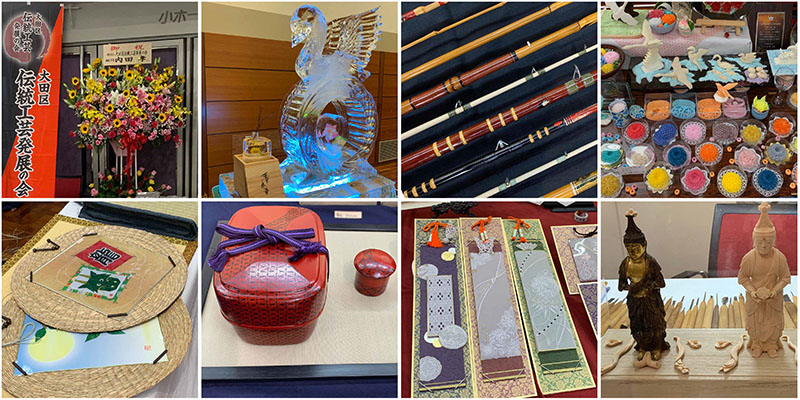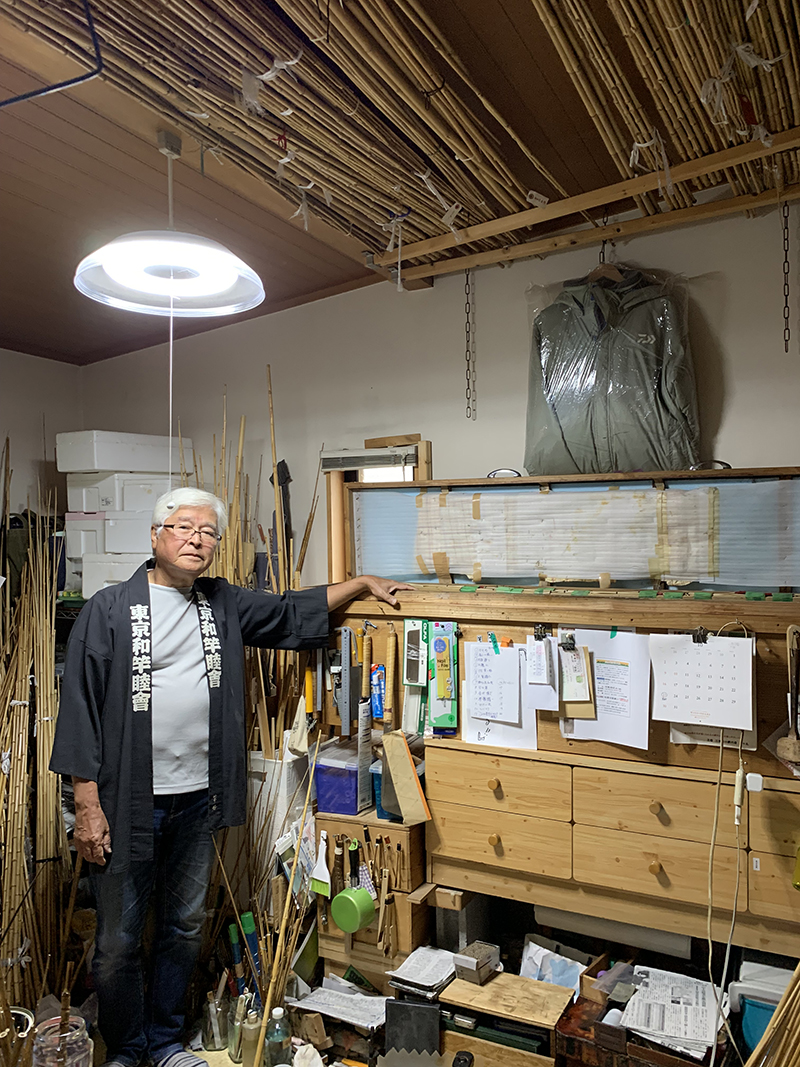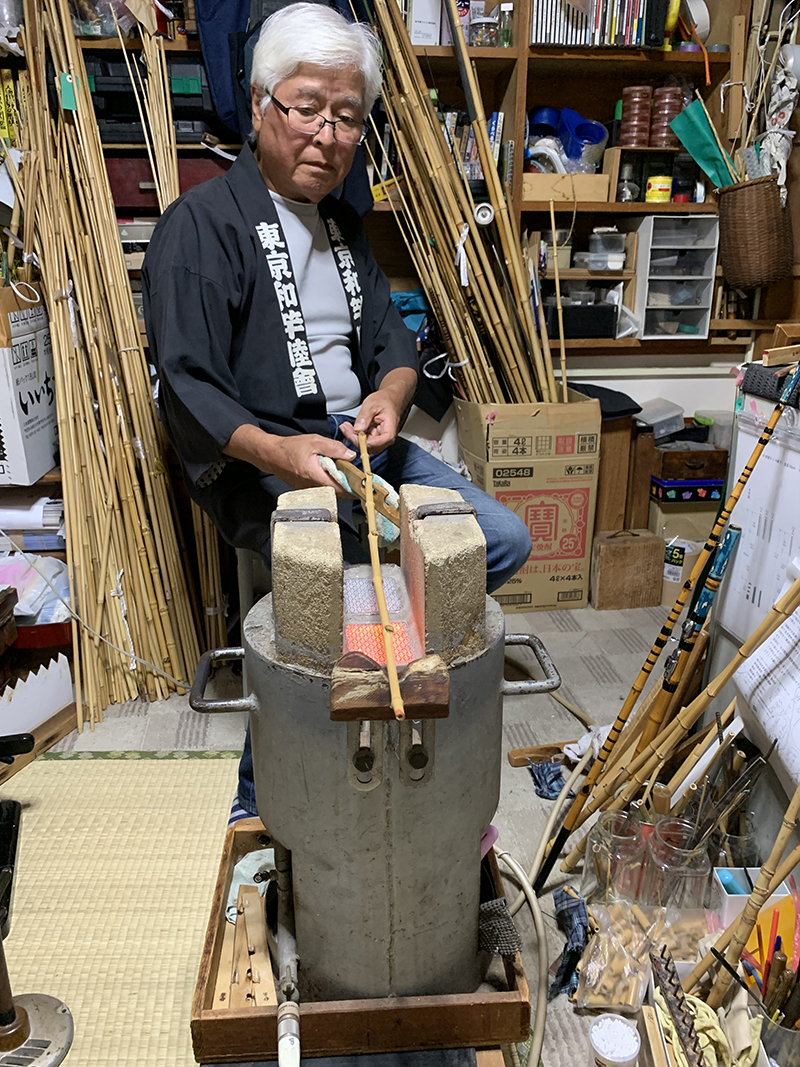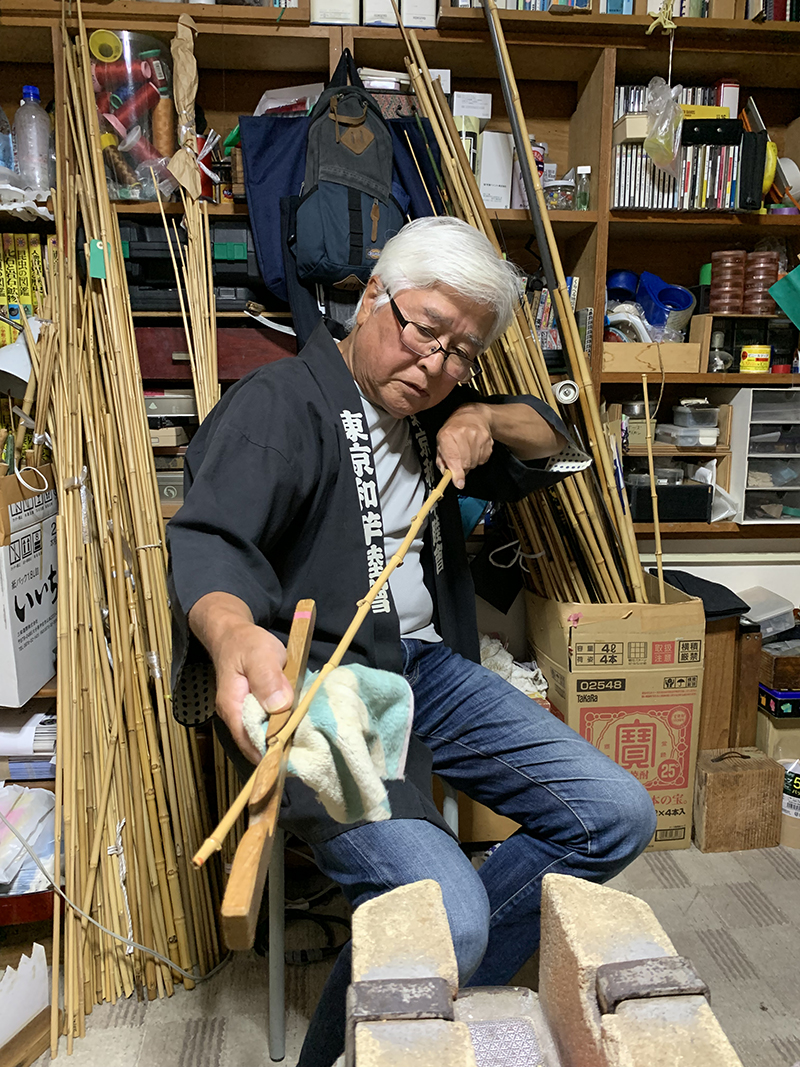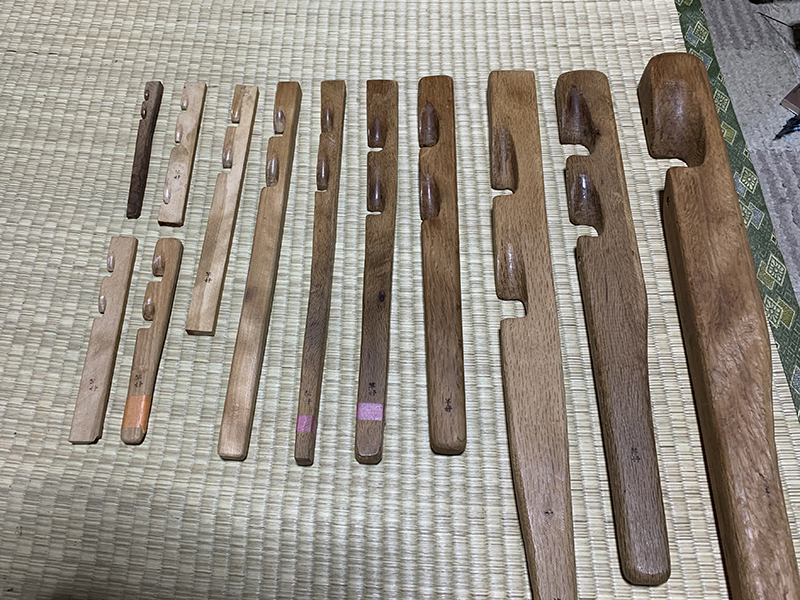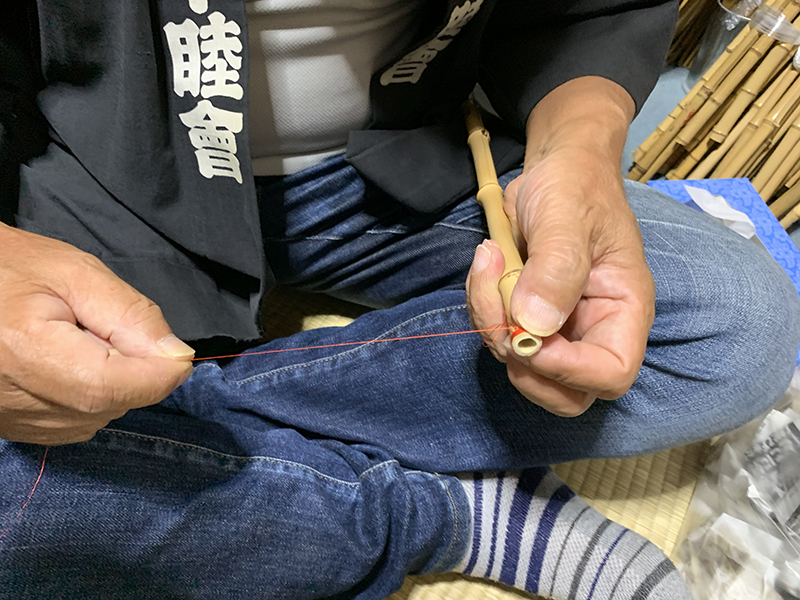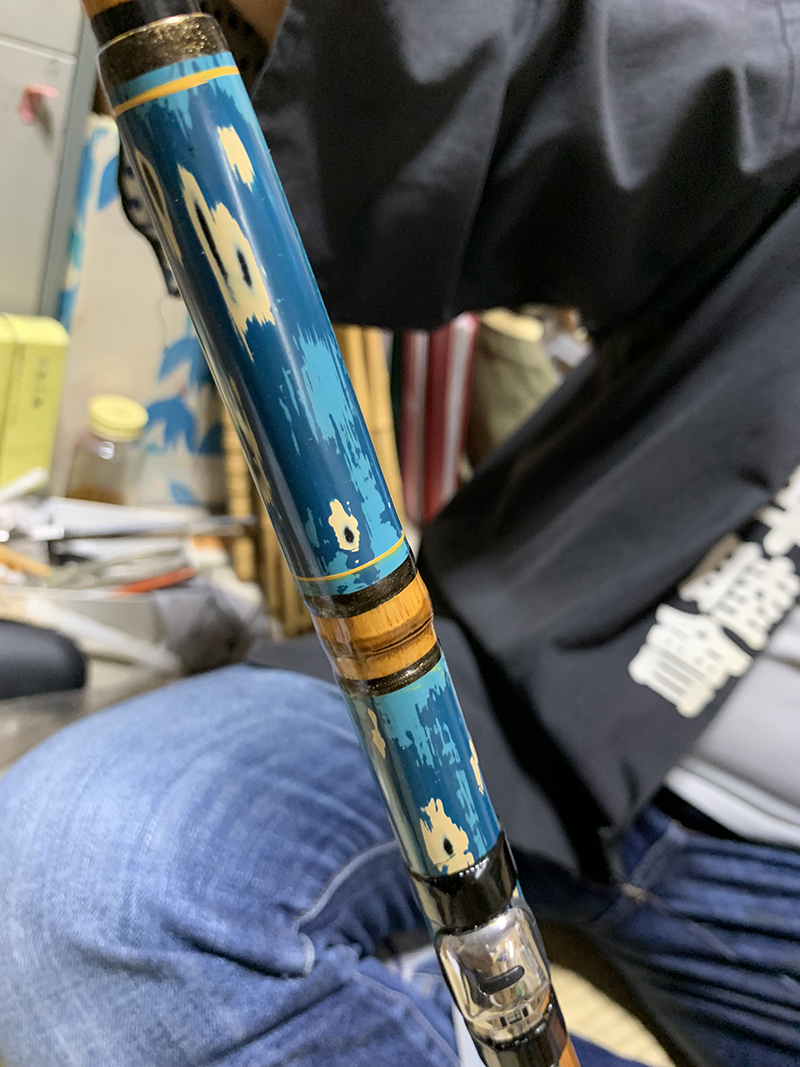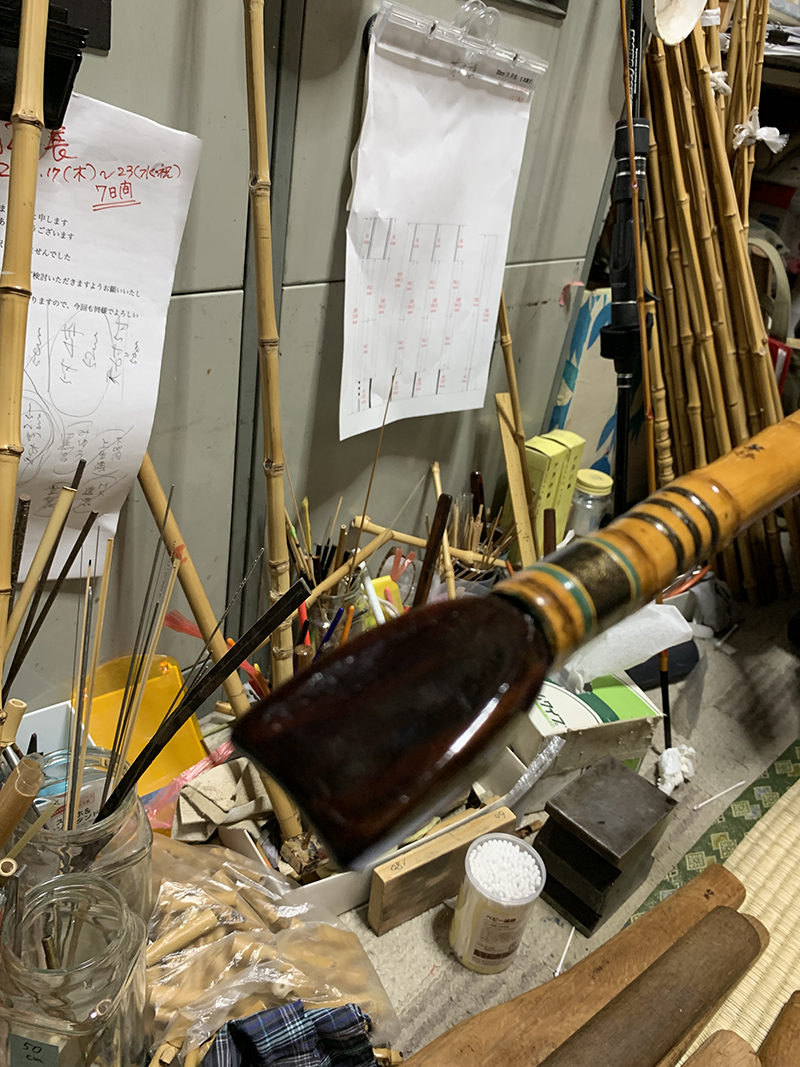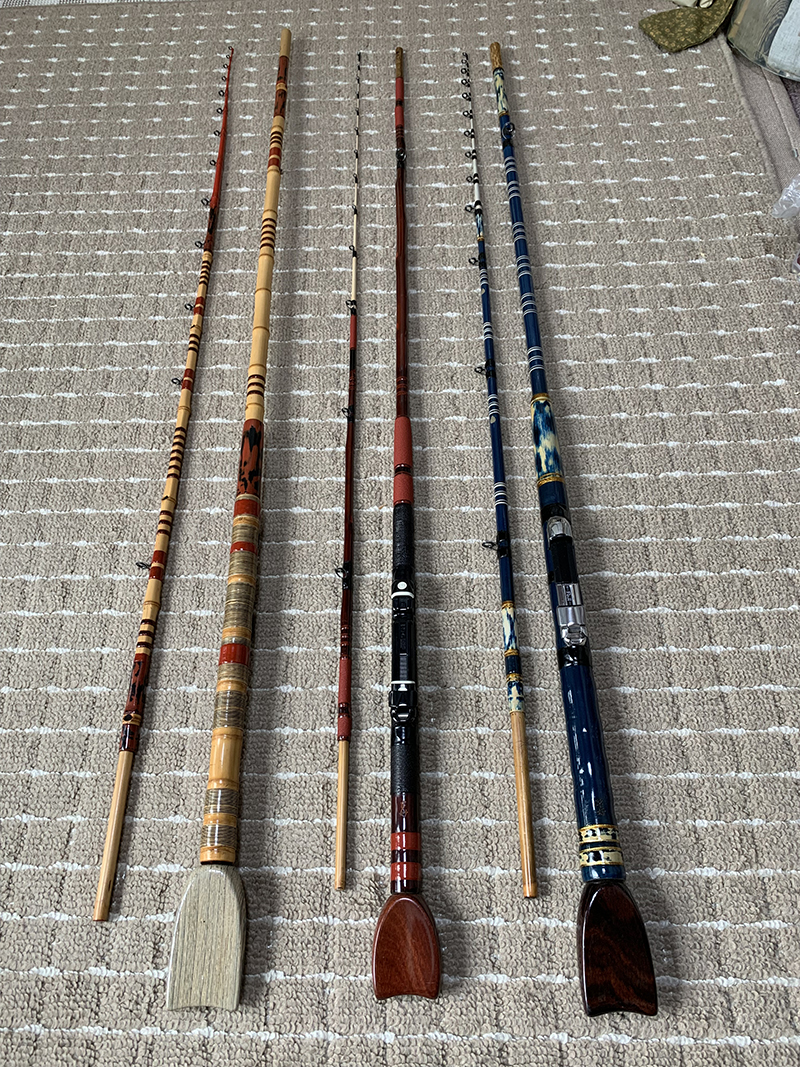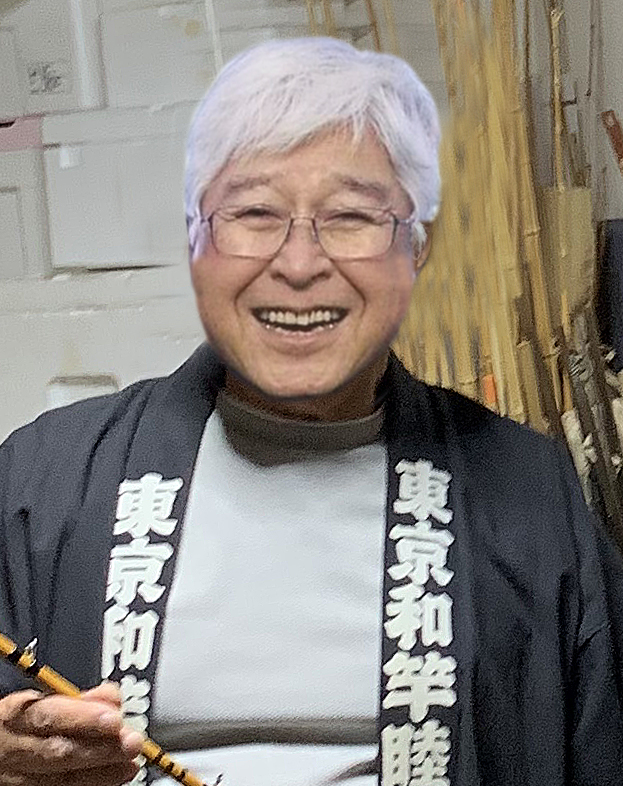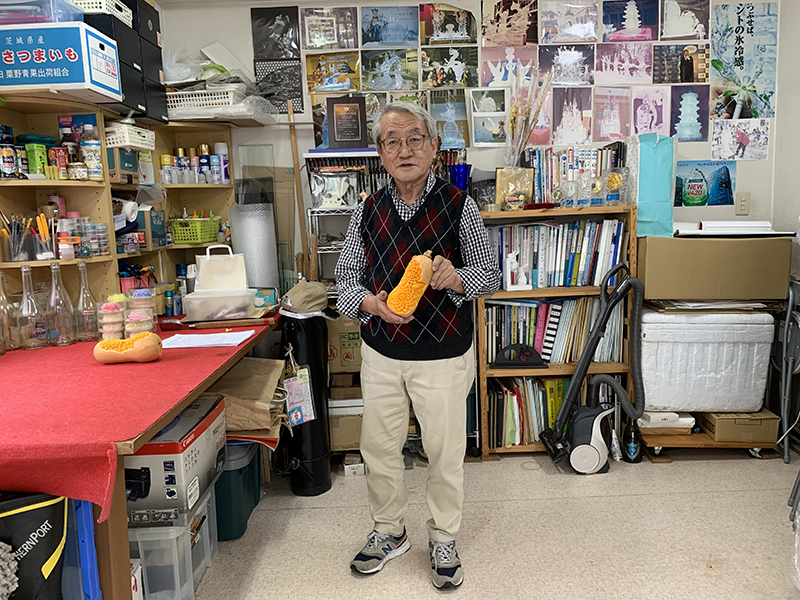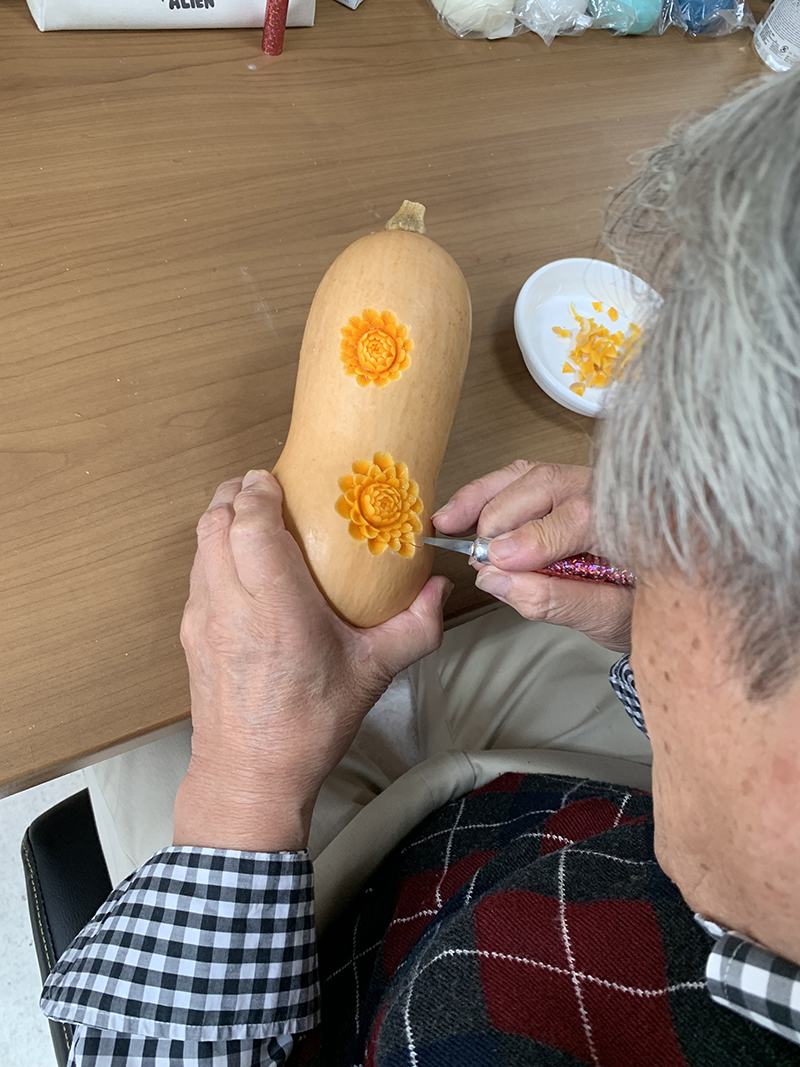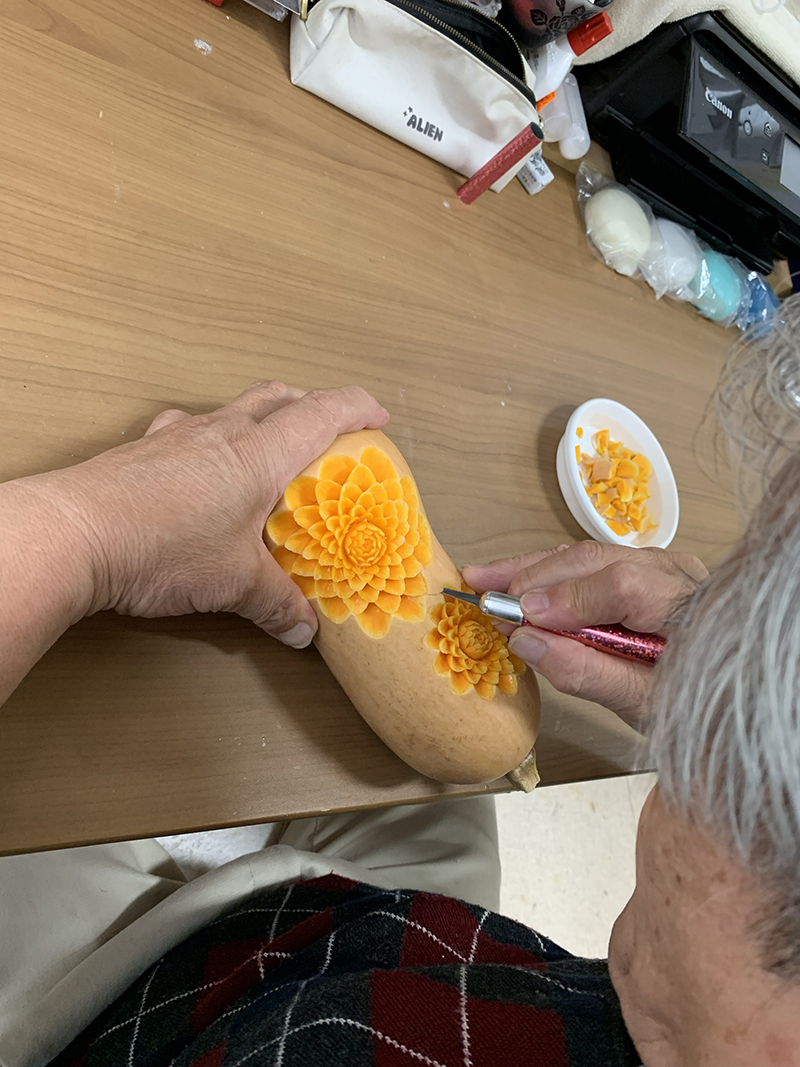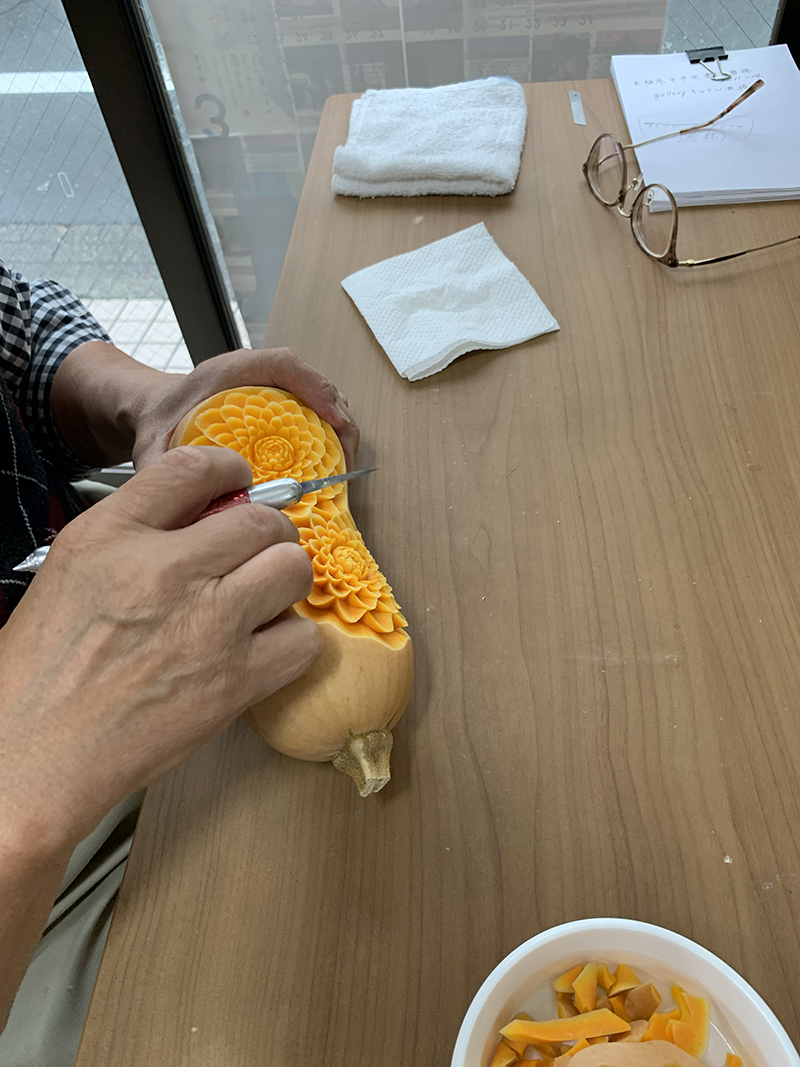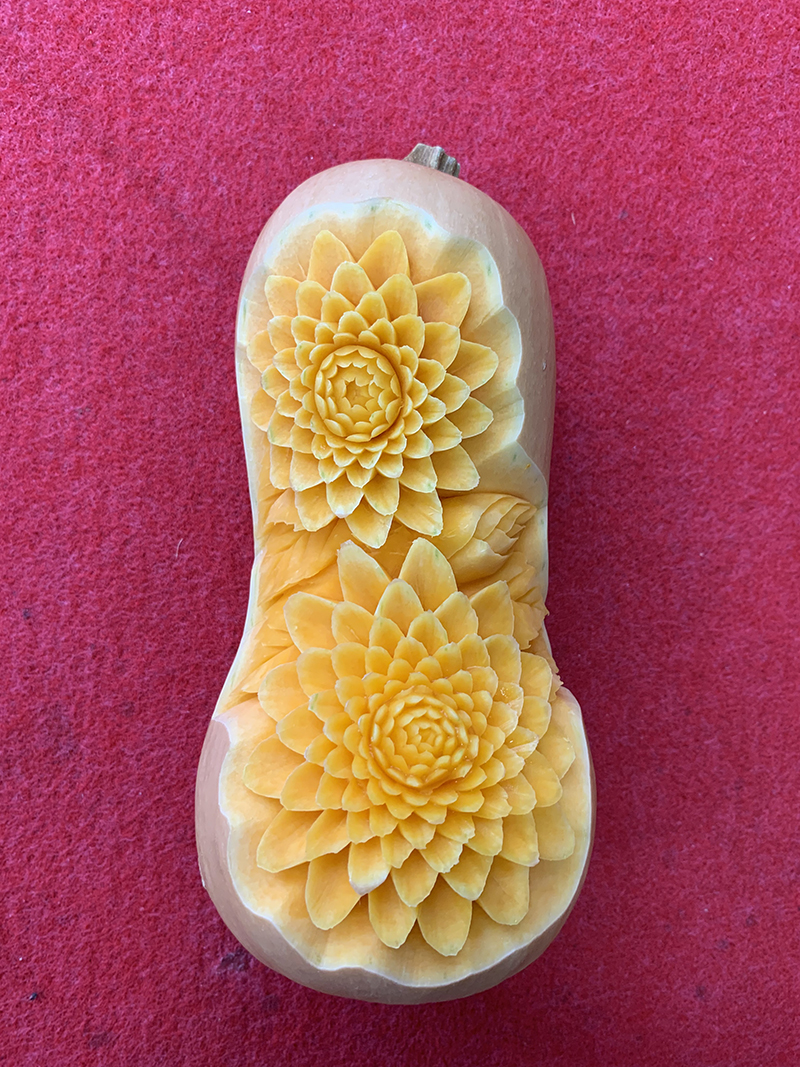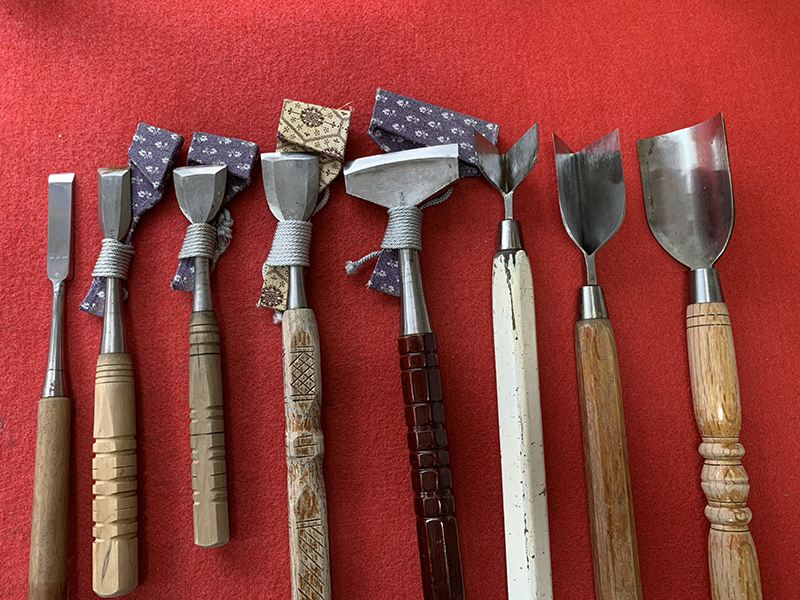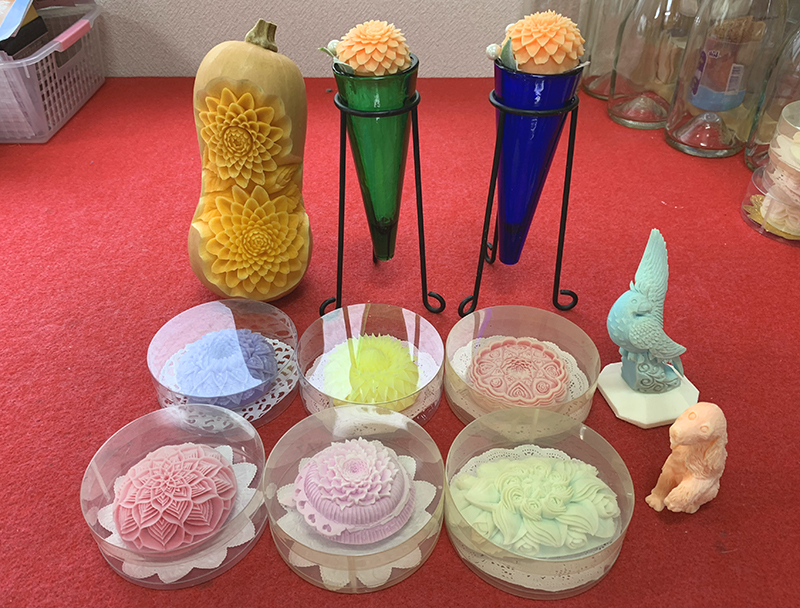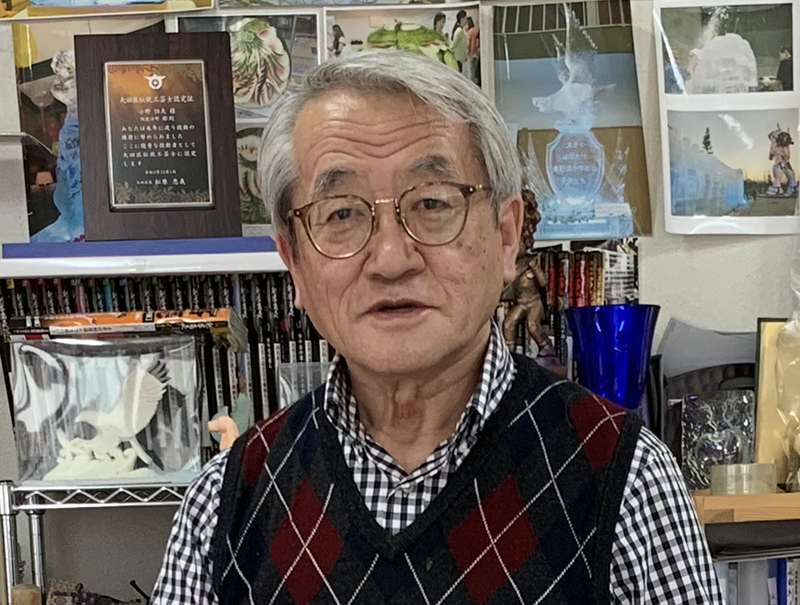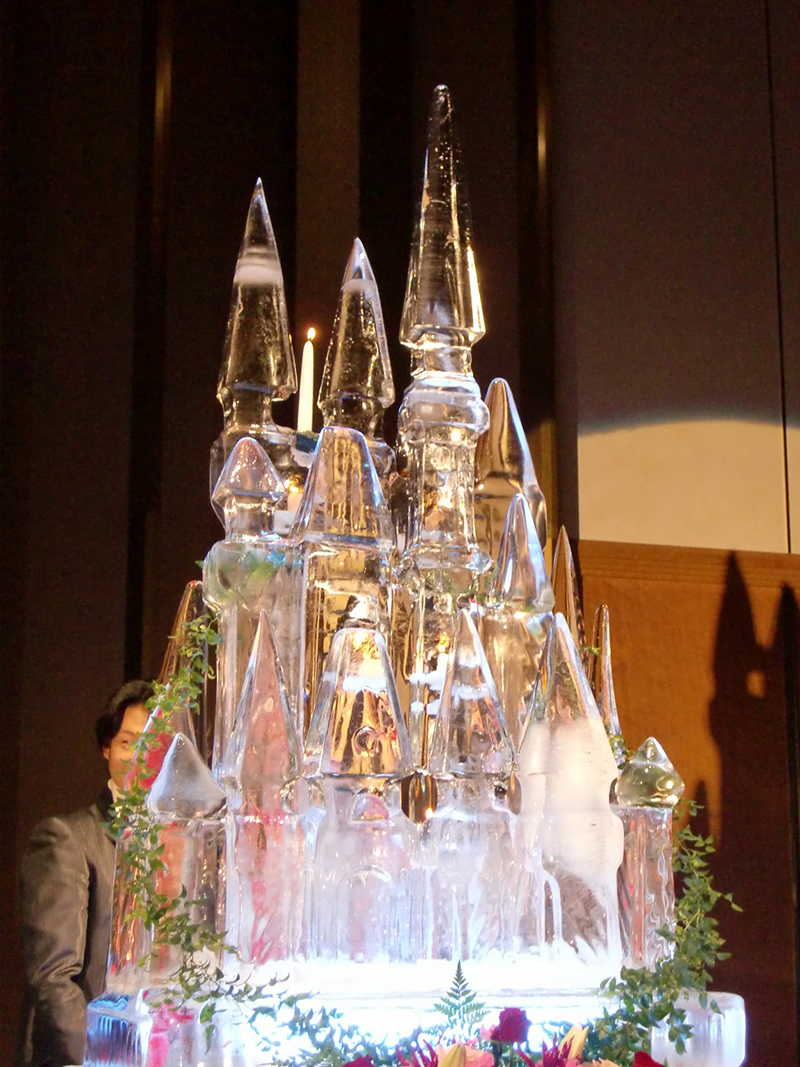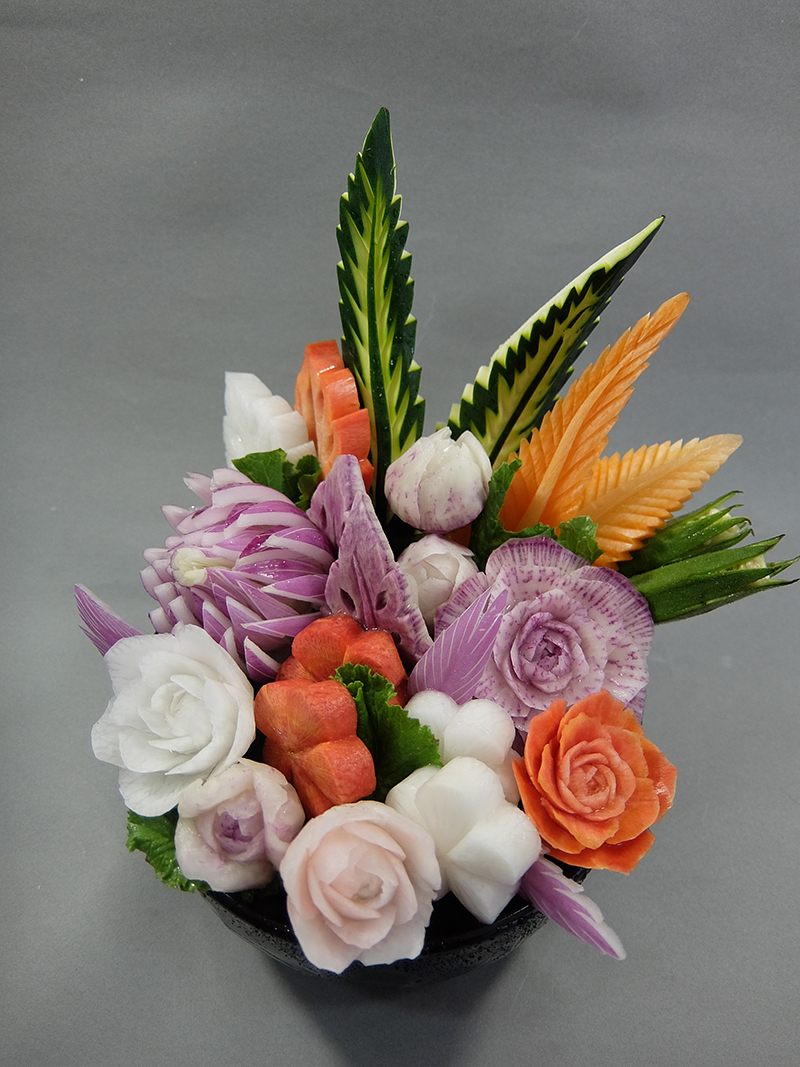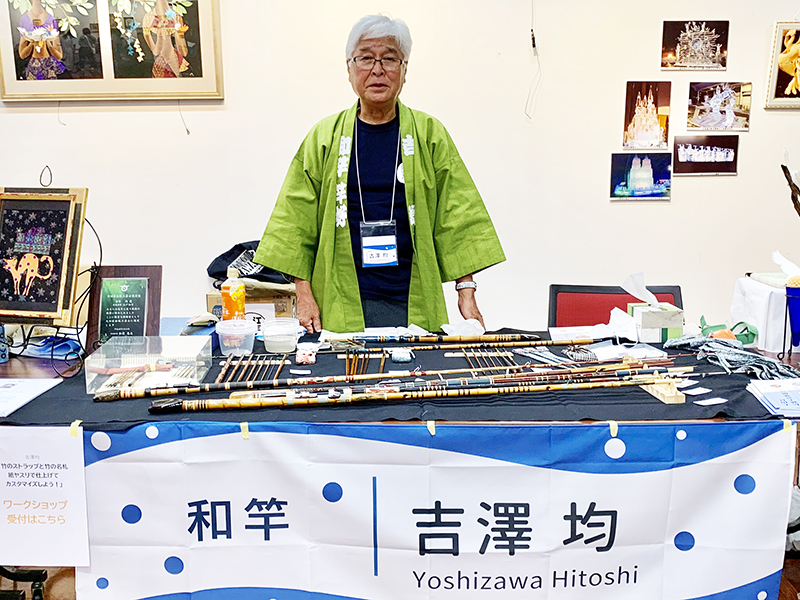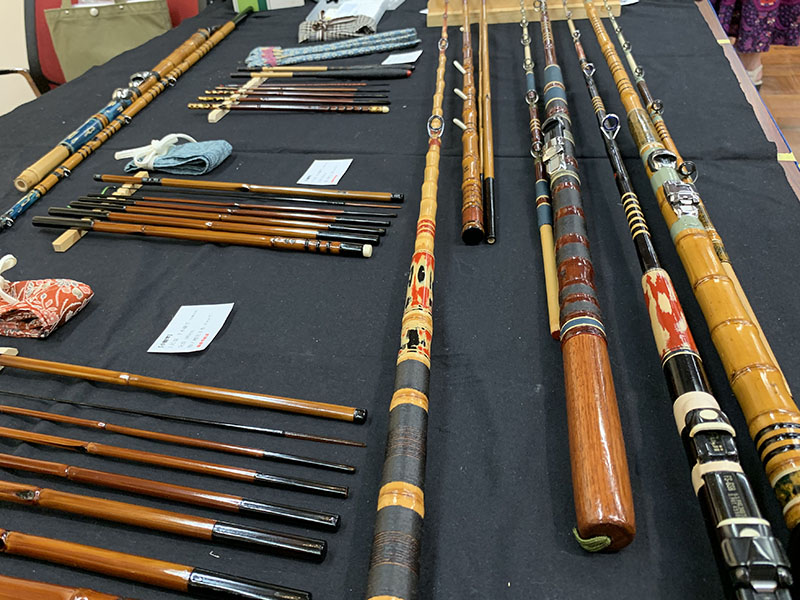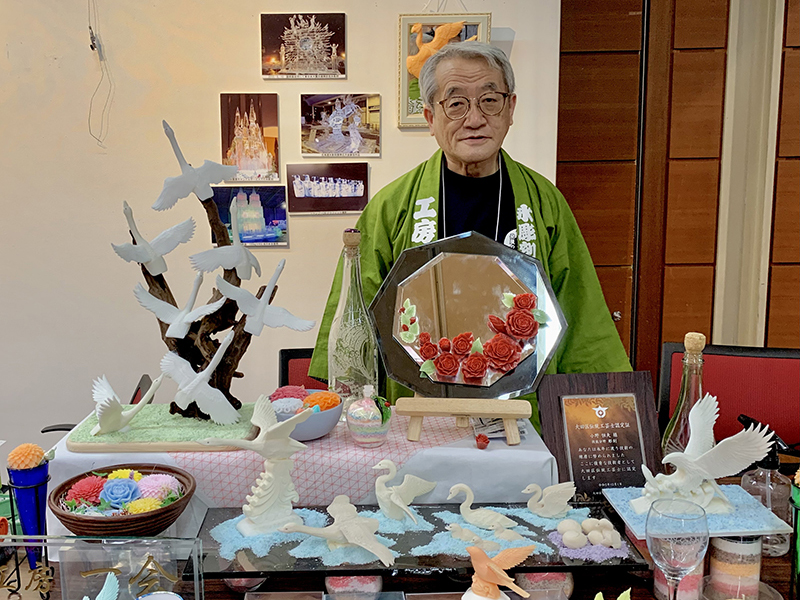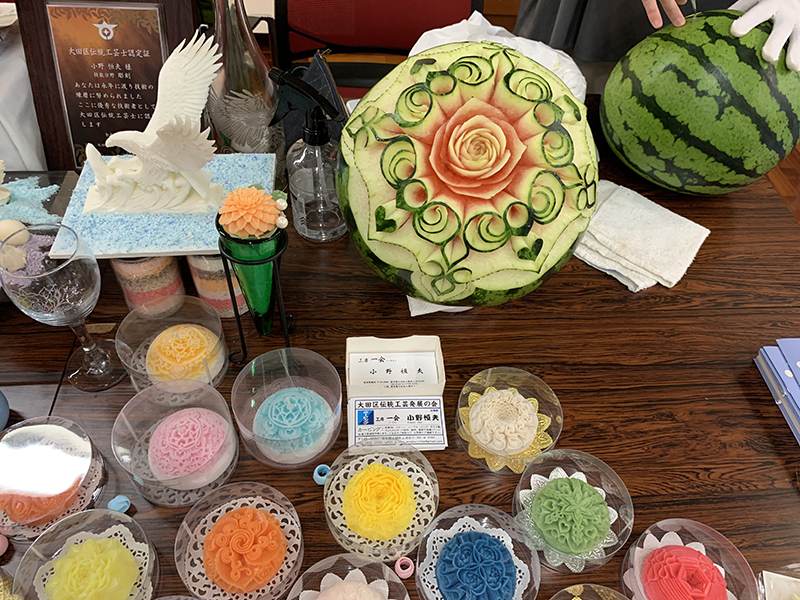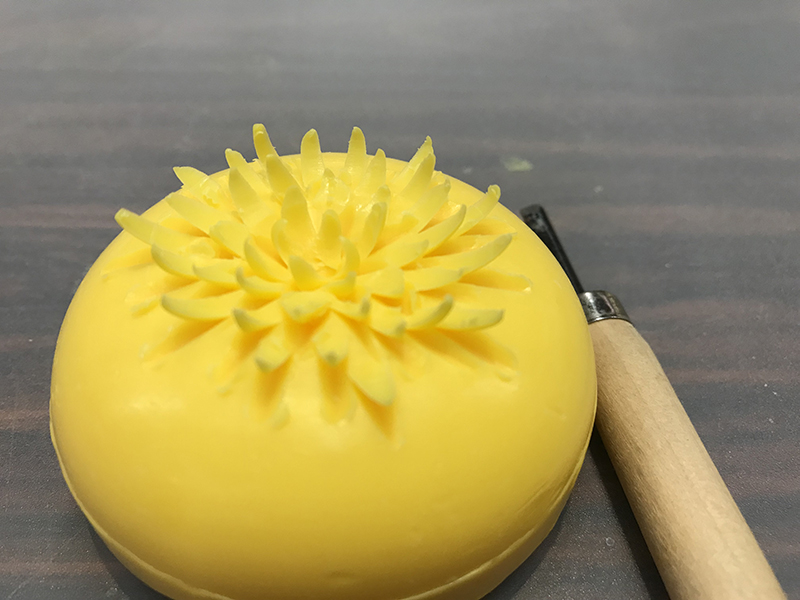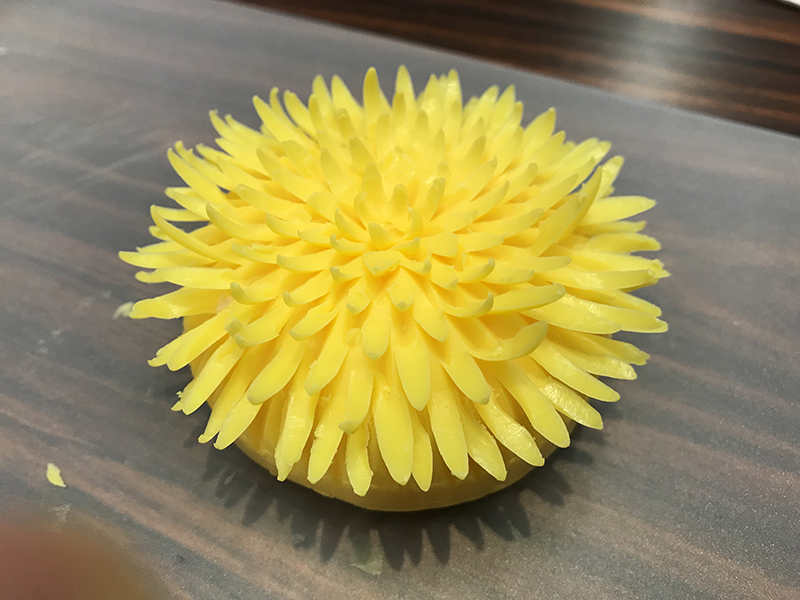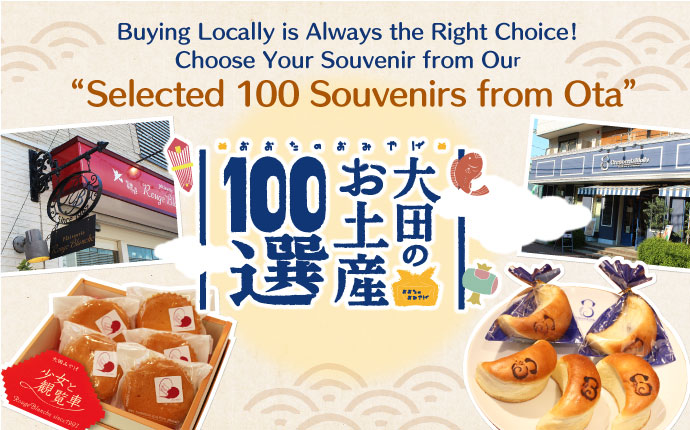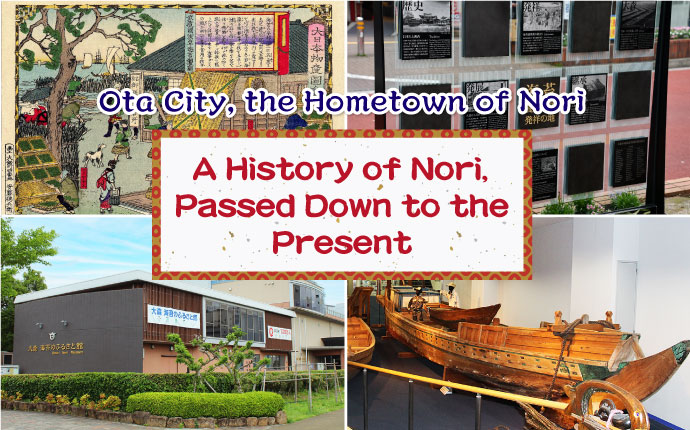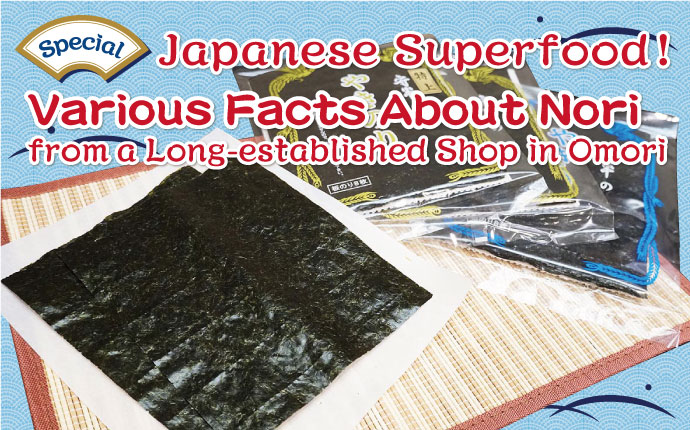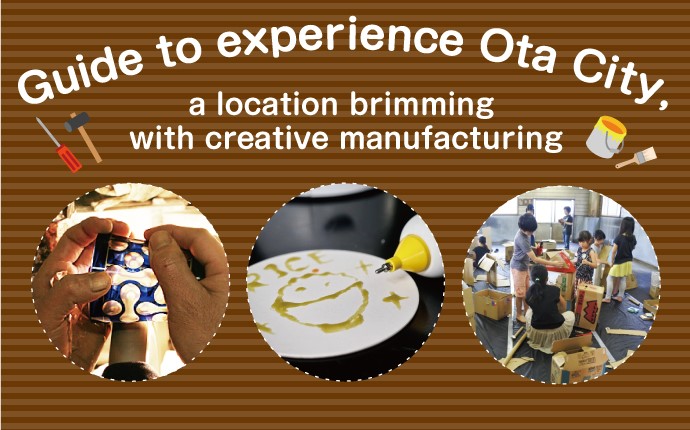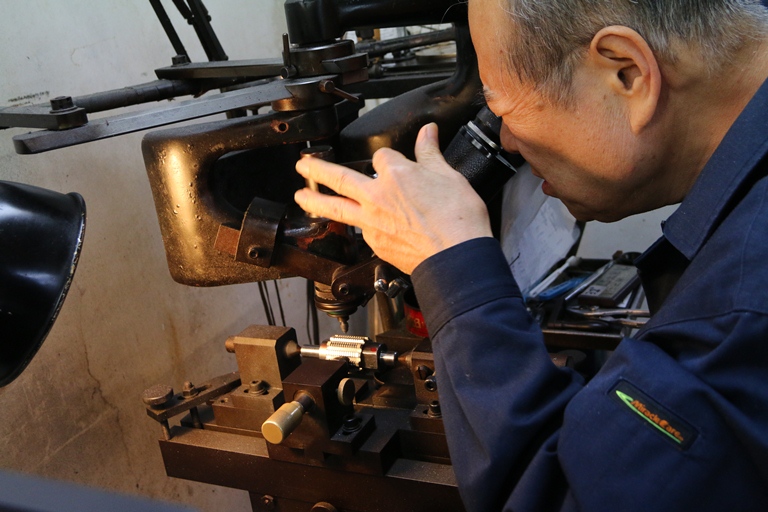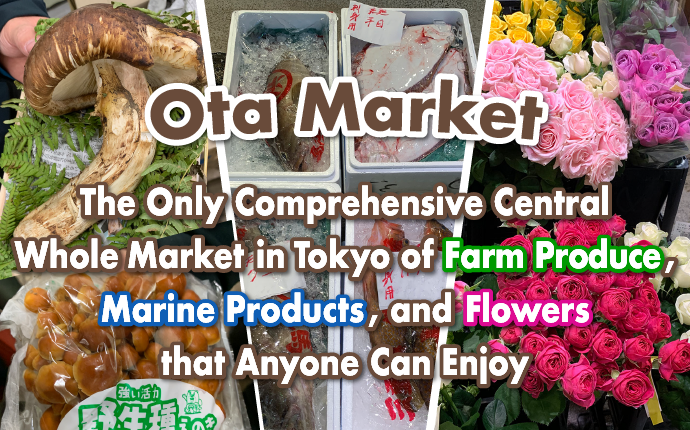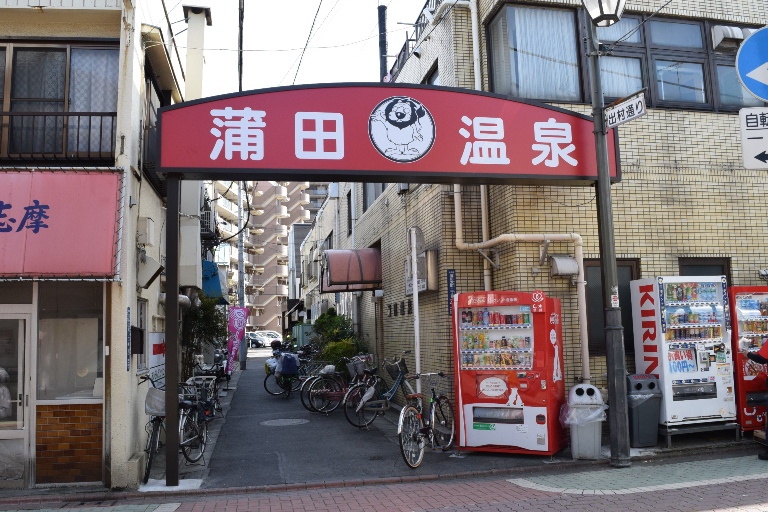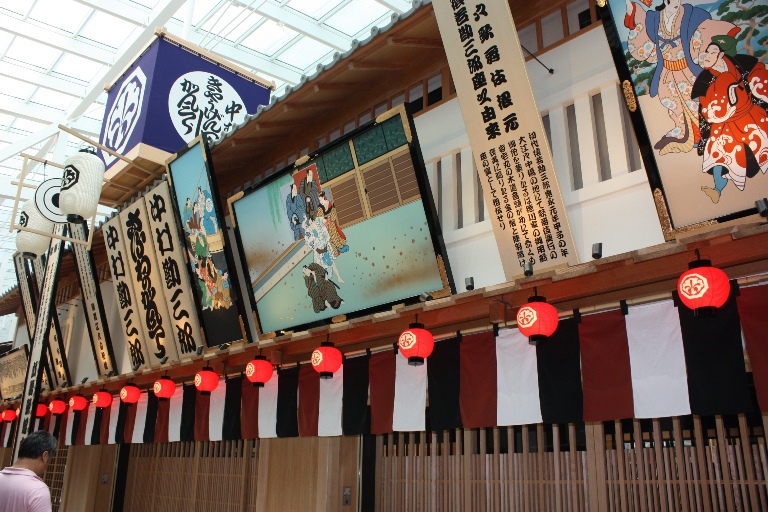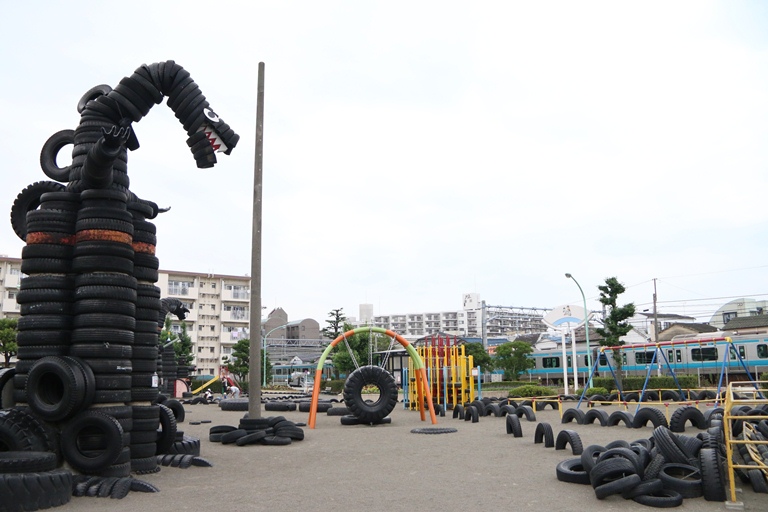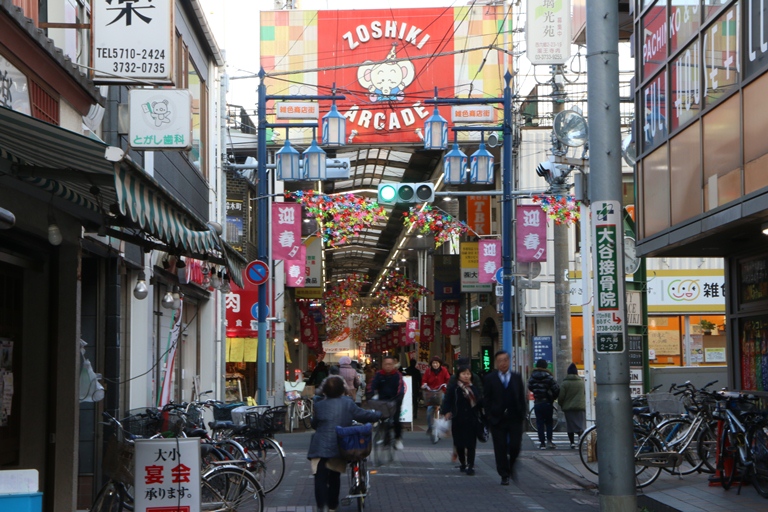The Traditional Craftsmanship Association of Ota, Tokyo proactively participates in events to showcase the impressive skills their members possess, not only for the events held by the city, but they also sometimes hold events on their own. Ota Traditional Crafts Expo, which was held in September of last year for the first time in three years, is one of them. Each craftsman, including some guests, had their own booth to showcase their techniques and teach visitors in a workshop at the event.
The second Ota Traditional Crafts Expo was held on September 10 (Sat) and 11 (Sun), 2022. Over 900 visitors came during those two days, getting to know traditional crafts such as those treasured in Ota City.
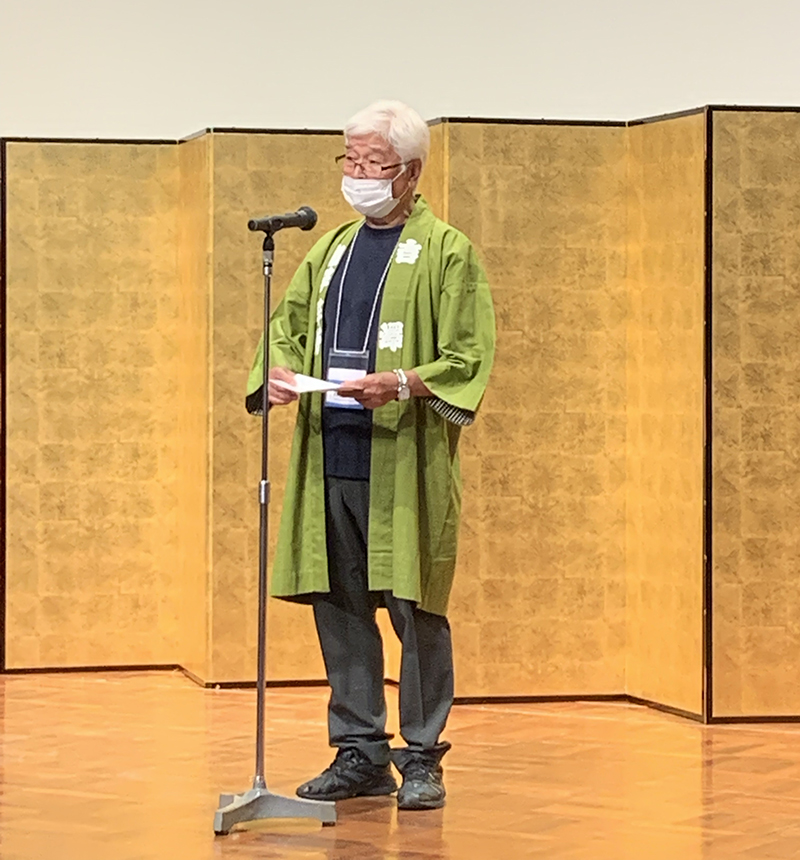 Mr. Hitoshi Yoshizawa, Director of the Traditional Craftsmanship Association of Ota, Tokyo
Mr. Hitoshi Yoshizawa, Director of the Traditional Craftsmanship Association of Ota, Tokyo
The first day started out with an ikebana (Japanese flower arrangement) performance and a greeting by the Ota City mayor as well as the opening message by Director Hitoshi Yoshizawa of the Traditional Craftsmanship Association of Ota, Tokyo.
Since the first expo was held in 2019, it had been three years before they were able to hold this expo. The second expo’s theme was “Meet the handcrafted work of Ota.” The craftsmen were excited to show their traditional craftsmanship techniques and have the visitors experience them. The visitors did not just watch the craftsmen work, but they also had a chat with them, creating a very friendly atmosphere.
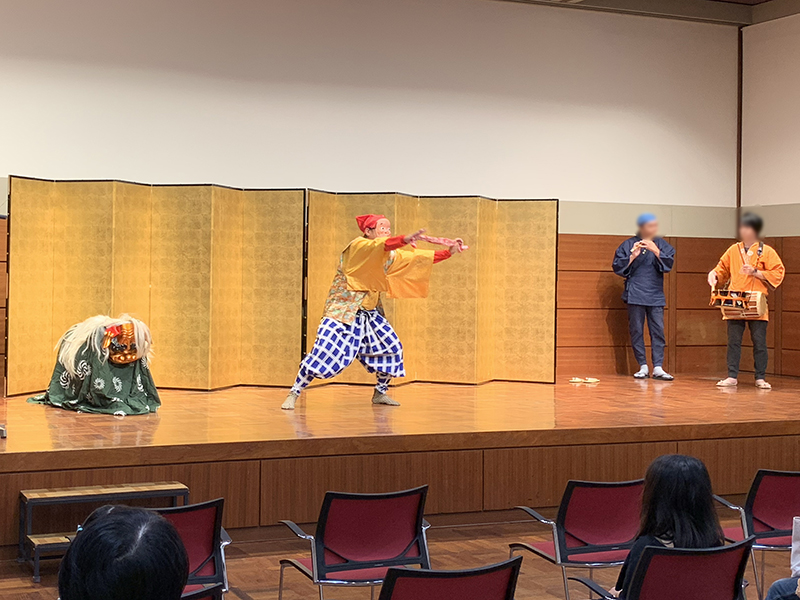 The opening act on the second day was shishimai (lion dance) by Yawatamutsu-shishiren. It was an amazing stage.
The opening act on the second day was shishimai (lion dance) by Yawatamutsu-shishiren. It was an amazing stage.
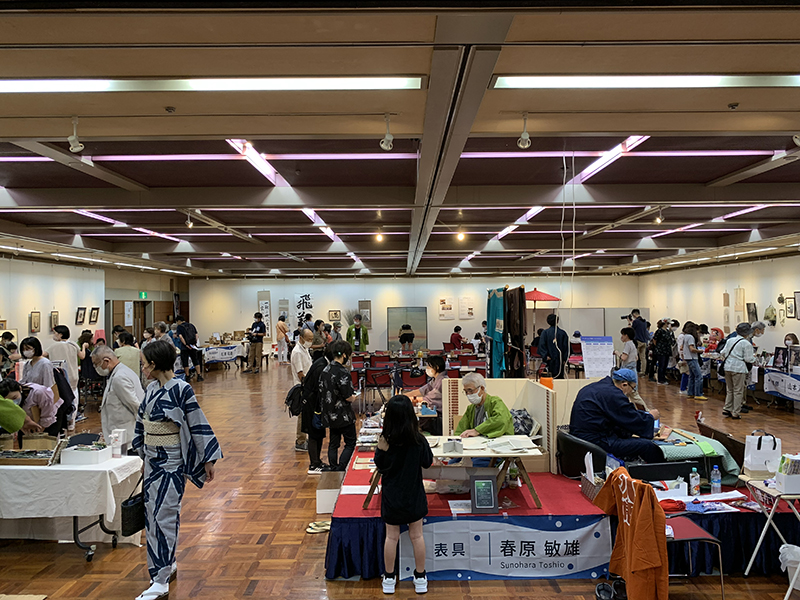 The venue bustled with a wide range of visitors.
The venue bustled with a wide range of visitors.
The craftsmen showcased their techniques at their booths, and many live performances also took place. Various guests performed calligraphy, storytelling, shamisen music, and a play. Some traditional craftsmen actually demonstrated their techniques.
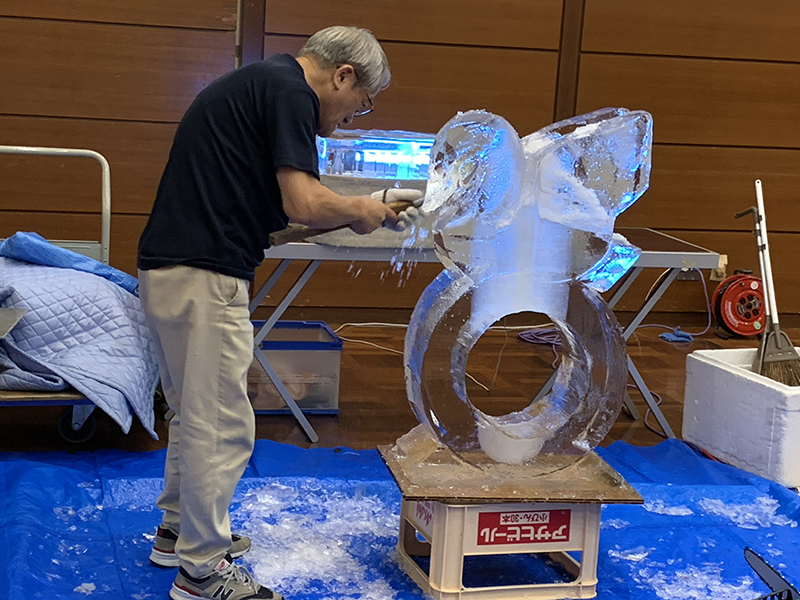
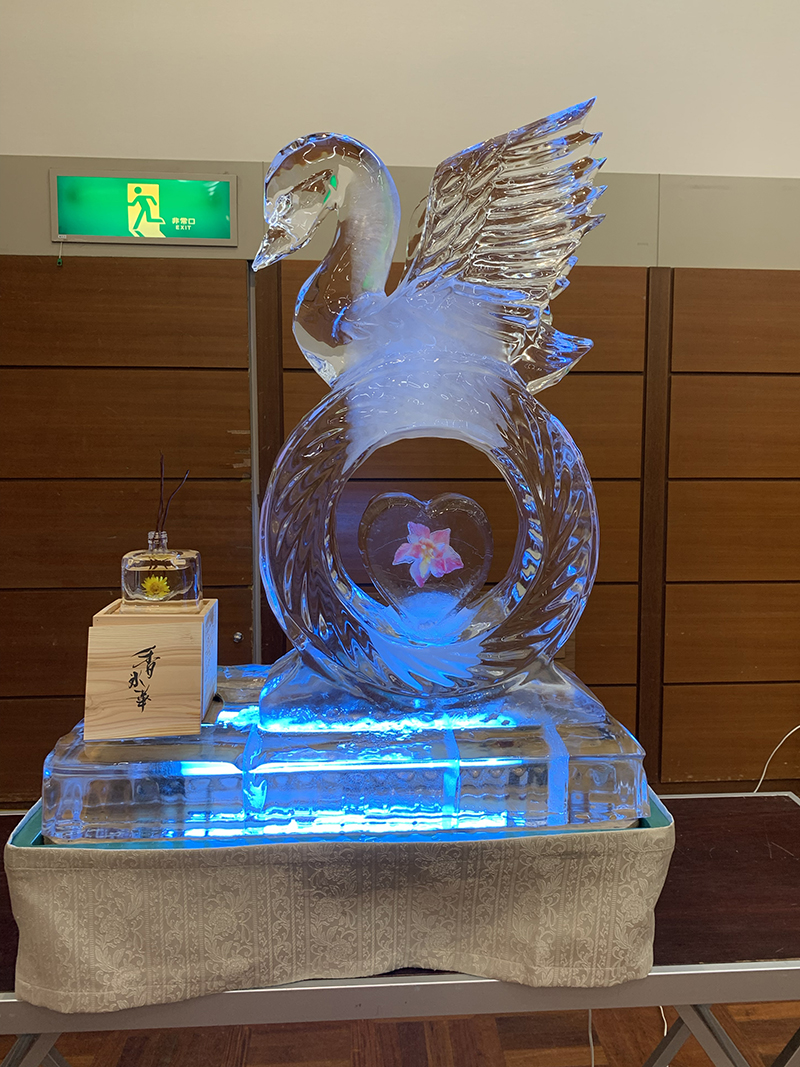 An ice sculpture by Mr. Tsuneo Ono, the general manager of the Traditional Craftsmanship Association of Ota, Tokyo. By using various tools, a block of ice has turned into a beautiful sculpture of a swan.
An ice sculpture by Mr. Tsuneo Ono, the general manager of the Traditional Craftsmanship Association of Ota, Tokyo. By using various tools, a block of ice has turned into a beautiful sculpture of a swan.
Many craftsmen from a variety of traditional crafts gathered at the second Ota Traditional Crafts Expo. From Japanese traditional techniques to traditional art that originates from overseas, there was a huge variety and all of them were welcoming and engaging. Looking at each booth one by one got us interested in everything! When we talked to the craftsmen, they all paused in their work to have a wonderful chat. We were worried if it was okay to talk to them, but they were all so friendly that we realized we were overthinking things. It was indeed an event we hope to come and enjoy again.
At the Japanese fishing rods booth of Mr. Yoshizawa, whom we interviewed. We bet fishing aficionados could not resist checking out these beautiful fishing rods.
At the carving booth of Mr. Ono, whom we interviewed. It was especially popular among women, and many of them bought his pieces.
The best part of this event is that they had workshops where you could actually try out traditional crafts. The craftsmen gave the visitors some pointers, so even beginners could participate and have fun.
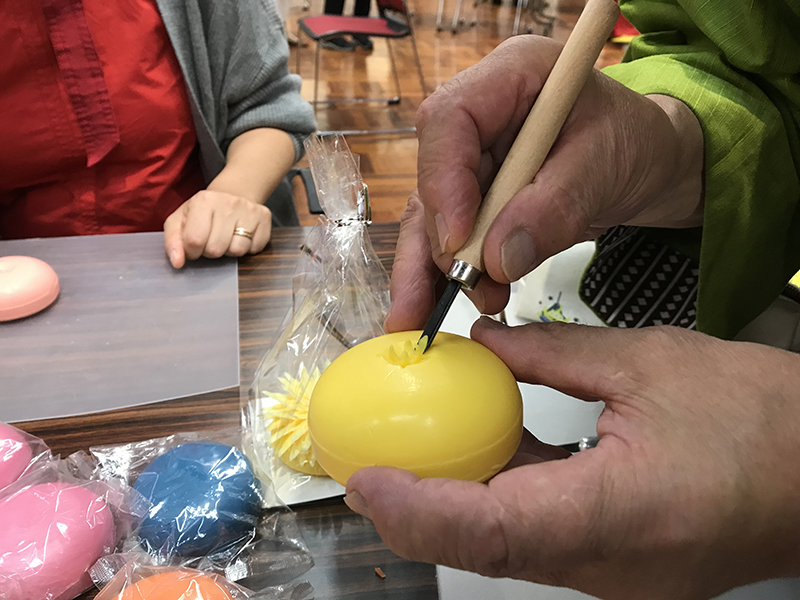 We took part in the workshop for soap carving.
We took part in the workshop for soap carving.
Mr. Ono is showing us how to carve the soap. A chisel smoothly created a beautiful flower petal.
Hm? This is difficult. We could not keep carving in a beautiful circular motion. Mr. Ono gave us some tips: to sometimes check out the soap from a distance and to carve slightly shallow. With his advice, we were able to create somewhat of a flower shape.
Traditional crafts are not something difficult or uptight; anyone can enjoy them. We encourage you to try them out at events or workshops. “Unique Ota” will keep focusing on traditional crafts in Ota City in the future and update you with reports and introductions of events.
If you ever encounter a traditional craft and find your favorite, please make sure to post it on SNS. Don’t forget to use the hashtag #uniqueota!
Ota City promotion website
“Unique Ota” delivers information about the appeal of Ota City with the keywords “a town where you can encounter unique locations unlike anywhere else, which can only be found in Ota City.”
Check back soon for the next edition!
